Leach Field Failure: Septic Tank Systems
Home » Plumbing » Septic Tanks & Leach Fields »
A leach field, also known as a drain field, is a crucial component of a septic system, which treats and disperses wastewater from your home. It consists of a series of pipes laid in gravel-filled trenches that slowly release wastewater into the soil for final treatment by microorganisms. However, leach fields can fail, leading to significant environmental and health risks. Understanding the causes of these failures, recognizing the signs, and implementing preventive measures is essential for maintaining the effectiveness and longevity of your septic system.
Common Causes of Leach Field Failures
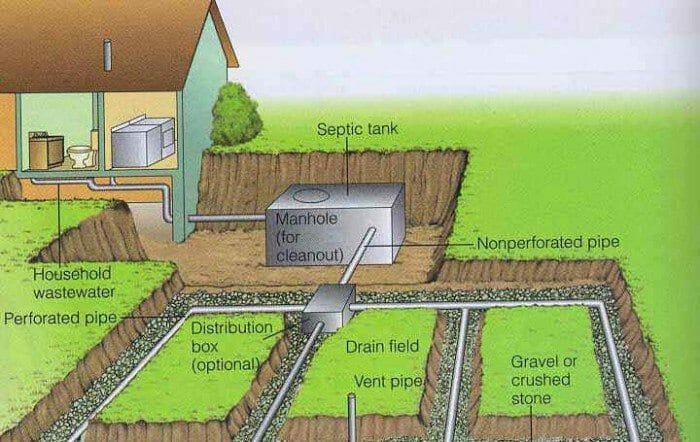
Leach field failures can result from a variety of factors, many of which are preventable with proper care and maintenance of the septic system. Here are some of the most common causes:
1. Improper Disposal Practices
The health of a septic system is heavily dependent on what goes down the drains. Here are specific habits that can lead to problems:
- Use of Wrong Toilet Paper: Toilet paper that does not break down easily can clog the system. It is advisable to use single-ply or other rapidly dissolving toilet paper.
- Grease and Oils: These substances can solidify in the septic system, clogging the pipes leading to and from the leach field.
- Overuse of Garbage Disposals: Excessive disposal of food waste adds solid materials to the tank, which can then migrate to the leach field and cause blockages.
- Excessive Water Use: High volumes of water entering the system at once can flush solids out of the tank into the leach field before they settle, leading to clogging.
2. Infrequent Pumping
Regularly pumping the septic tank is crucial to remove solids that could otherwise flow into and clog the leach field. Experts typically recommend pumping every 3 to 5 years, but this can vary based on usage and system size.
3. Physical Damage
- Traffic Over the Field: Vehicles, heavy equipment, or even repeated foot traffic can compact the soil or damage the pipes in the leach field.
- Construction Damage: Building driveways, structures, or paving over the leach field restricts air and water flow, compacting the soil and damaging the infrastructure.
4. Improper Design or Installation
A leach field that is not properly designed or installed for the soil type, size of the household, and ground conditions is prone to early failure. For example, a leach field in clay soil will drain much slower compared to one in sandy soil, potentially leading to saturation and failure.
Recognizing Signs of Leach Field Failure
Early detection of leach field issues can save significant repair costs and environmental damage. Here are the key signs to watch for:
1. Drainage Issues
- Slow Drains: If household drains start to drain slowly despite clear pipes, it might indicate a saturated leach field.
- Toilet Problems: Toilets that back up, flush slowly, or don’t flush effectively are often early indicators of leach field distress.
2. Surface Anomalies
- Wet or Soggy Ground: The area over the leach field should not be persistently wet. Soggy conditions suggest that the field is unable to properly absorb and treat the wastewater.
- Lush Vegetation: Excessively green or lush growth over the leach field can indicate an effluent breakout, where sewage is fertilizing the vegetation.
3. Odors
- Foul Smells: Unpleasant sewage odors around the leach field area are a clear sign of failure, indicating that waste material is surfacing or not being properly processed.
Preventive Measures and Maintenance
Proactive maintenance is the most effective way to prevent leach field failures:
1. Regular Inspections and Pumping
Have a professional inspect and pump the septic tank regularly to prevent solids from reaching the leach field.
2. Mind What Goes Down the Drain
Avoid flushing anything that doesn’t decompose quickly. Also, minimize the use of heavy chemicals and non-biodegradable substances.
3. Manage Water Usage
Stagger the use of water-intensive appliances and fix leaks to prevent the overload of the septic system.
4. Protect the Field
Keep vehicles, livestock, and construction away from the leach field to prevent physical damage and soil compaction.
5. Proper Landscaping
Ensure that landscaping and surface water drainage do not direct water towards the leach field. Slopes should be managed to divert water away, and plants over the field should have shallow roots to avoid pipe damage.
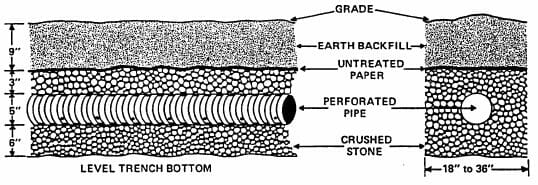
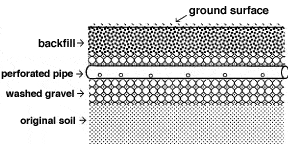
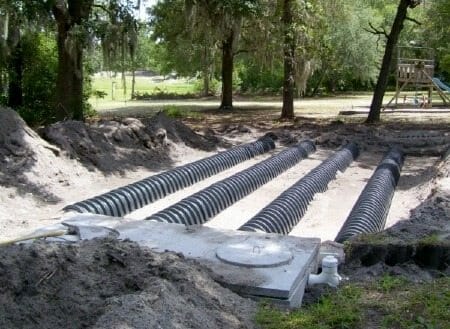
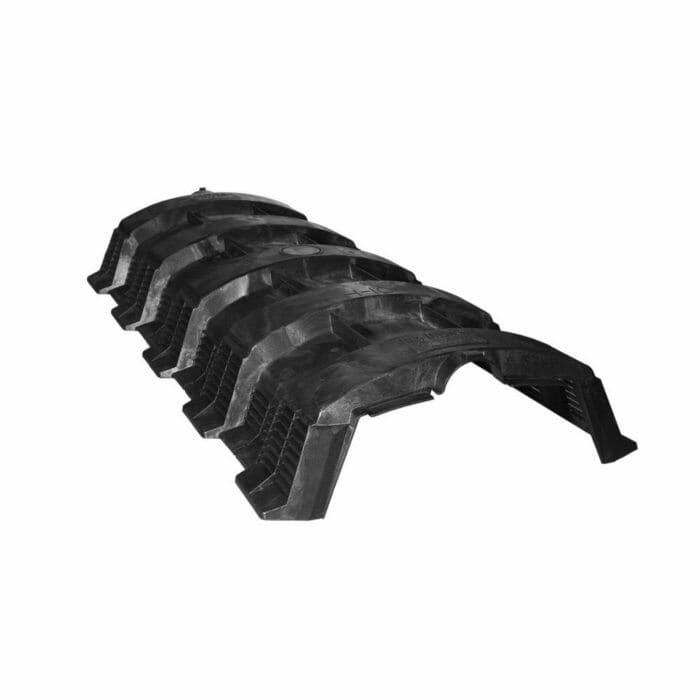
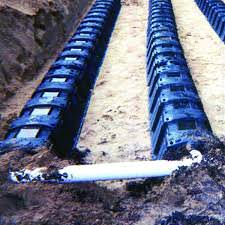
Septic Services
A septic service company is used to dealing with these issues. At times the solution may be trivial and maintenance is needed. In a few instances a line may need to be repaired or replaced and occasionally a new field put in.
Who to consult? Septic tank ( and leach filed ) installers and contractors.
Septic tank contractors can work on the sewer line running to the tank; inspect and repair septic tanks and leach fields, as well as, replace them if necessary.
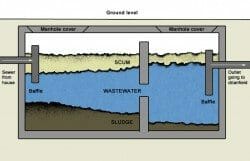
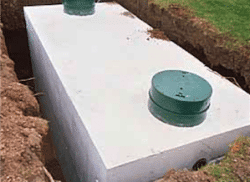
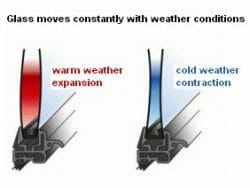
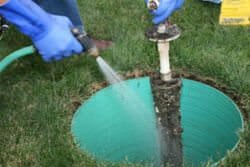



My neighbor has installed an above ground pool over his leach field. Advisable or not?
Te LEACH LINE damaged by my walnut contractor , who is responsible for repair or replace?